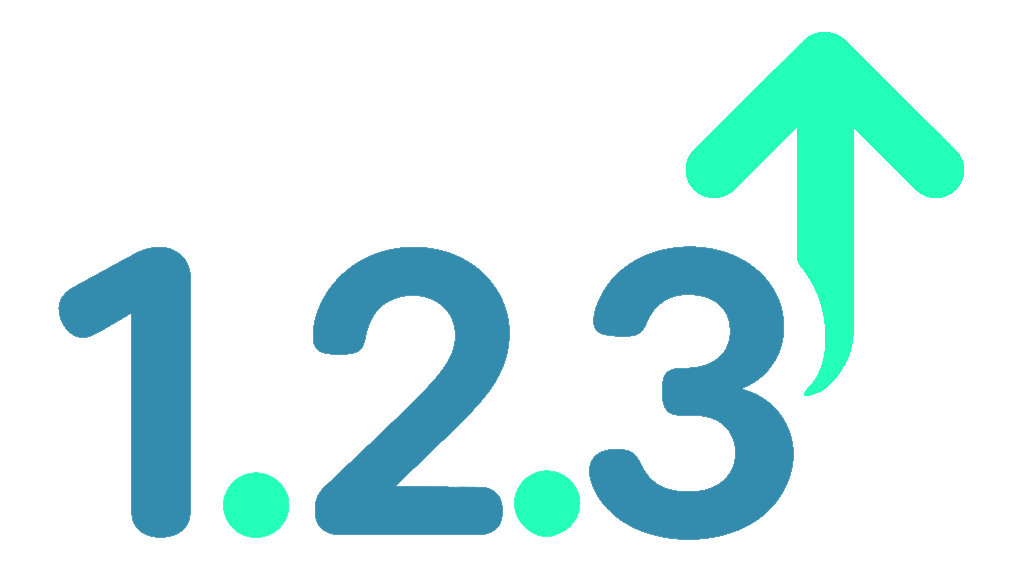Quickstart¶
Copy and paste the steps below to bump your first version.
Prerequisites¶
Python 3.11+
Git
A terminal with
pipinstalled
Installation¶
pip install bumpwright
Initializing the Baseline¶
Start a demo project and prepare bumpwright for version tracking.
mkdir demo && cd demo
git init
cat > pyproject.toml <<'PY'
[project]
name = "demo"
version = "0.1.0"
PY
cat > bumpwright.toml <<'BW'
[project]
public_roots=["demo"]
BW
mkdir demo
echo "def greet() -> str:\n return 'hi'" > demo/__init__.py
git add .
git commit -m "feat: add greet helper"
bumpwright init
Making a Change and Deciding the Version¶
Add a new feature and let bumpwright suggest the appropriate version increment.
echo "def farewell() -> str:\n return 'bye'" > demo/extra.py
git add demo/extra.py
git commit -m "feat: add farewell"
bumpwright decide
Expected output:
bumpwright suggests: minor
- [MINOR] extra:farewell: Added public symbol
Applying the Bump¶
Apply the suggested version bump and update project files.
bumpwright bump --commit
Expected output:
bumpwright bumped version: 0.1.0 -> 0.2.0 (minor)
Updated files:
- pyproject.toml
For detailed options see CLI Reference and Configuration Reference.
 bumpwright
bumpwright